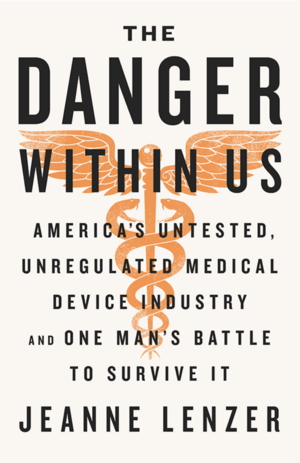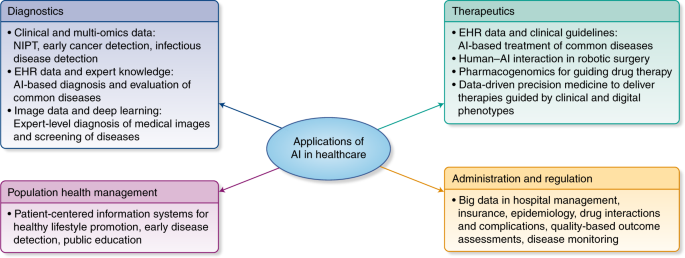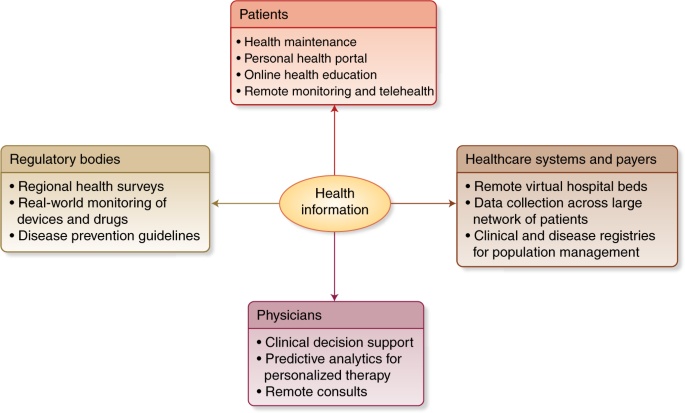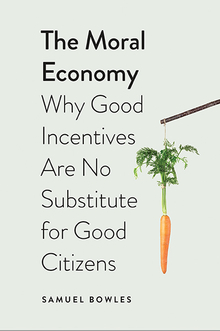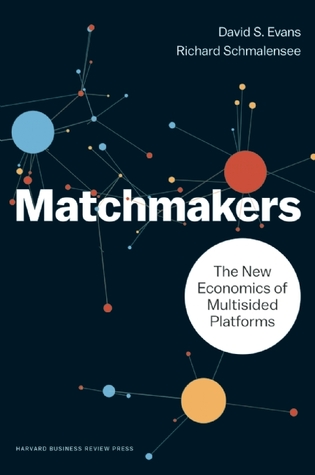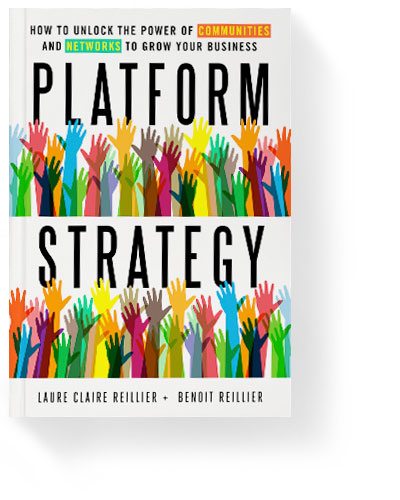THE DEFINITION
1. A new economic order that claims human experience as free raw material for hidden commercial practices of extraction, prediction, and sales;
2. A parasitic economic logic in which the production of goods and services is subordinated to a new global architecture of behavioral modification;
3. A rogue mutation of capitalism marked by concentrations of wealth, knowledge, and power unprecedented in human history;
4. The foundational framework of a surveillance economy;
5. As significant a threat to human nature in the twenty-first century as industrial capitalism was to the natural world in the nineteenth and twentieth;
6. The origin of a new instrumentarian power that asserts dominance over society and presents startling challenges to market democracy;
7. A movement that aims to impose a new collective order based on total certainty;
8. An expropriation of critical human rights that is best understood as a coup from above: an overthrow of the people’s sovereignty.Last month in my post on the book: Modern monopolies I wanted to highlight the current trend towards monopolies using platforms as a business model. Now you may add a complementary perspective with the book: The age of surveillance capitalism. While the former emphasizes the business perspective, the later focus on behavioral prediction surplus and how it is generated. It provides a social perspective of the current "surveillance capitalism". In my opinion there is a lot of current economy that already confirms this view, it is not a future expectation.
Our lives are rendered as behavioral data in the first place; ignorance is a condition of this ubiquitous rendition; decision rights vanish before one even knows that there is a decision to make; there is no exit, no voice, and no loyalty, only helplessness, resignation and psychic numbing; encryption is the only positive action left to discuss.
Surveillance capitalists take command of the essential questions that define knowledge, authority, and power in our time: Who knows? Who decides? Who decides who decides?As you may imagine, this is a book that once you started it's impossible to stop reading. Highly recommended if you want to understand current hot topics and social trends.
A perfect storm is an event in which a rare combination of circumstances drastically aggravates the event. This is exactly what we have right now in front of us, and as we are inside the wave we are not able to recognise what's going on.


